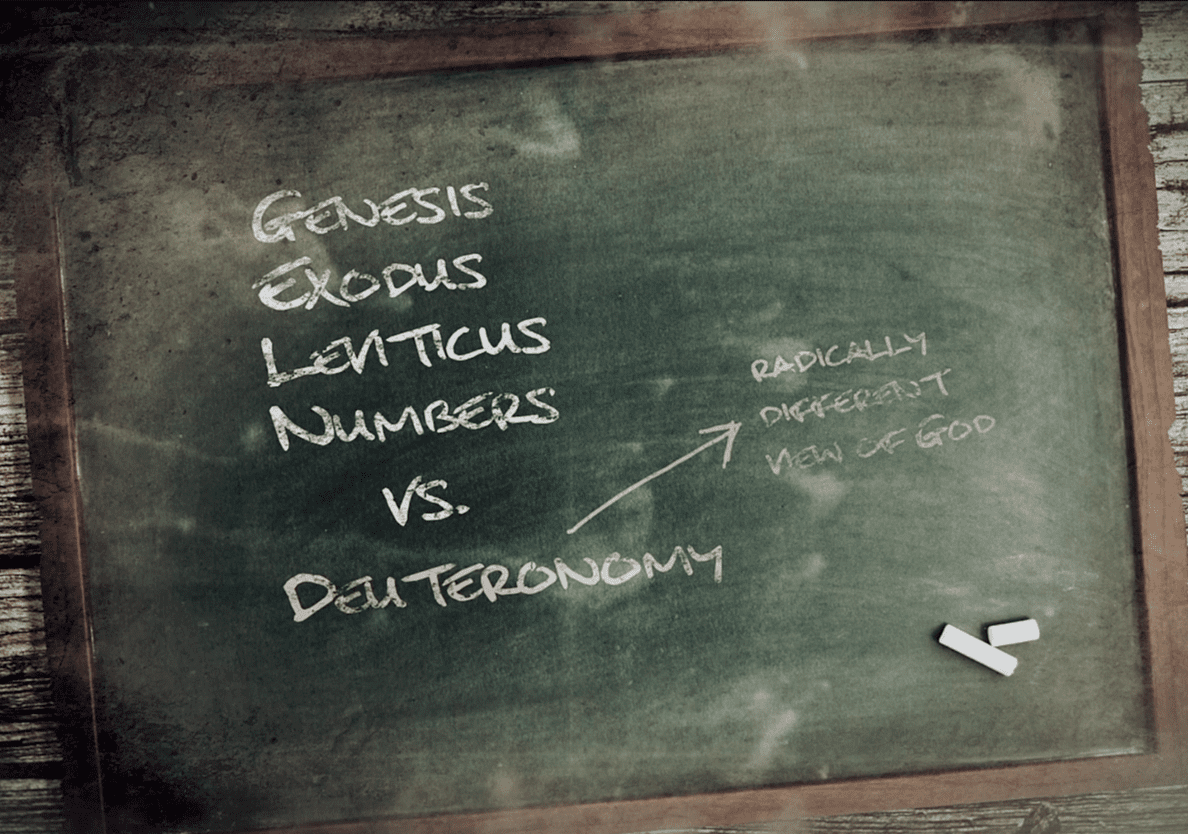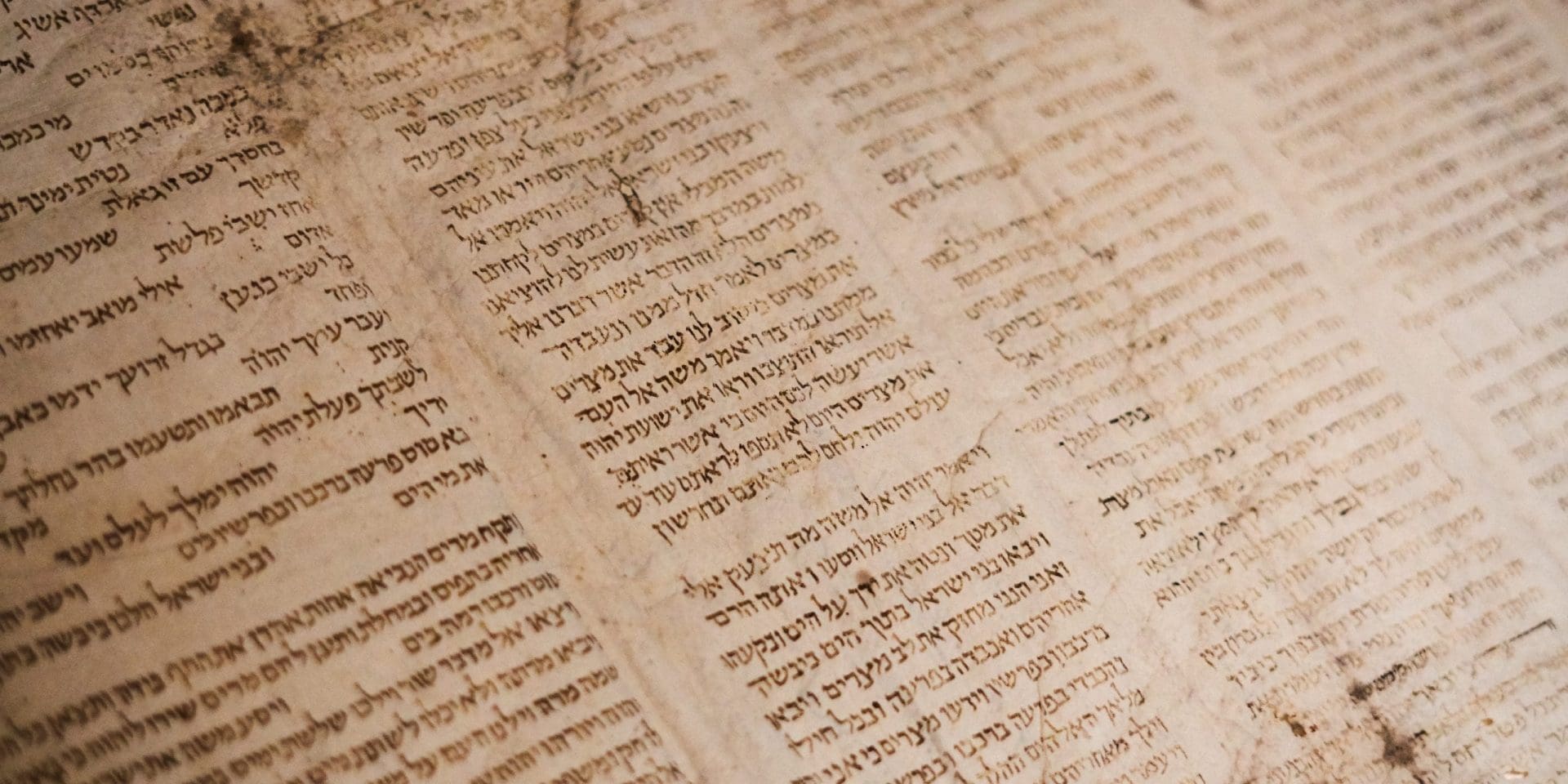The Old Testament book of Deuteronomy is remembered as the fifth book of Moses. Its name comes from the Greek meaning “Second Law”. While Deuteronomy is a kind of retelling of the Mosaic Law, it is not an exact copy or a second law, it is better understood as an explanation of the Mosaic law to a new generation of Israelites about to enter the Promised Land. The author is focused on how this law should be applied once Israel is established and living in the Promised Land.
“Deuteronomy emphasizes a more socially practical version of the Law…. moving from partial application in the wilderness wandering into a settled city life post-conquest.”
While Deuteronomy presents itself as a series of speeches given by an aged Moses to this next generation, the general scholarly consensus is that it is a book compiled much later, around 622BC during the religious reforms of King Josiah of Jerusalem. In this view, there are kernels of historic truth, and Mosaic authorship is excepted, but the theology of Deuteronomy is pitted against the earlier Biblical books. It’s claimed that it represents a radically different view of God and a different purpose or focus of Israelite religion.
It is true that Deuteronomy emphasizes a more socially practical version of the Law, for example in its emphasis on protecting widows, orphans and foreigners in the land, but this is also what one would expect if the Law was moving from theoretical and partial application in the wilderness wandering time period into a settled city life post-conquest.


It’s widely accepted by scholars that later editing must have been done to the original text of Deuteronomy. For example, there are references that require time to have passed since the actual events of Deuteronomy, third person mentions of Moses and, famously, the account of his death in chapter 34.
Interestingly, if Deuteronomy was used consistently in public ceremonies, as was in fact commanded in Deuteronomy 31:11, this would explain why later amendments or edits were introduced to an ever growing and changing Israelite population.
Despite calls from scholars to date Deuteronomy to the 7th century BC, it’s been discovered that the book as a whole mimics the literary structure of a Hittite vassal treaty. These treaties were made between a conquering king and his newly conquered people. This choice of literary structure says a lot about what Moses was intending to communicate to the Israelites about God as their King. The structure also highlights the monotheistic bent of the Israelite religion. When witnesses are called to either condemn or absolve, rather than the pagan version of calling other gods and goddesses, Deuteronomy calls the heavens and the earth themselves to testify against Israel (Deuteronomy 30:19).
The vassal treaty structure may also provide some unexpected evidence for an earlier date of composition. The structure itself has an earlier form and a later form, and Deuteronomy follows the decidedly earlier form structure that dates to the 2nd millennium BC during the time of Moses.

Corie Bobechko is a daily co-host, speaker, and writer of Bible Discovery. She also hosts a YouTube channel that shows how history and archaeology prove the Bible. Her heart for seekers and skeptics has led her to seek truth and share it with others. Corie also has a Bachelor of Theology from Canada Christian College.






